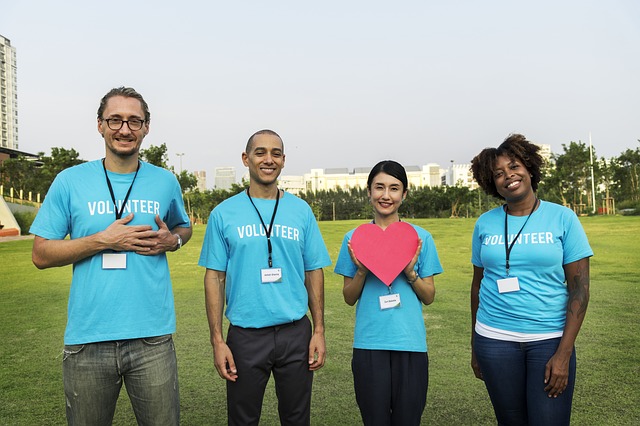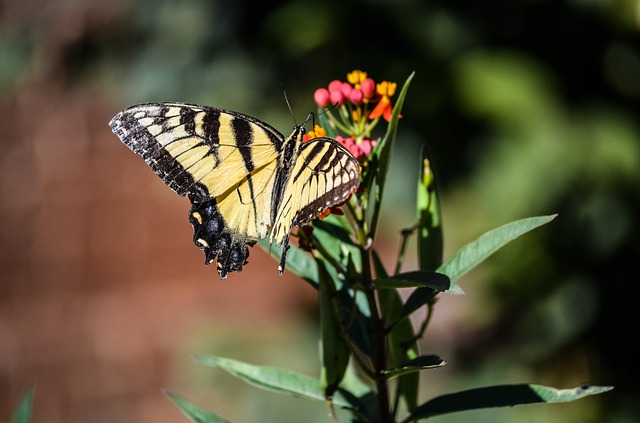In this era of constant, disruptive distractions we need to be able to develop the capacity to calm our minds and focus our attention on what is important in our lives. Without this capacity, we are at the mercy of stress and anxiety as we try to deal with the incessant demands on our minds. One way to restore equanimity when we are stressed “out-of-our-minds”, is to develop a simple practice of focused attention.
Rich Fernandez, co-founder of Wisdom Labs, provides a guided meditation that enables you to train your mind in focused attention. Rich’s meditation podcast is under ten minutes and provides a way to quickly and easily regain calmness when stressed through attention to the act of breathing which is an undervalued element of a healthy life.
Focused attention on your breathing
The focused attention meditation requires, in the first place, that you adopt a comfortable position and reduce visual distractions by closing your eyes or looking downwards. If you are physically uncomfortable or visually distracted, you will not be able to focus on your breathing.
Rich then suggests that you bring your total attention to the act of breathing as you experience it in your body. This experience will differ from person to person as levels of awareness differ immensely. For example, people who are trained in focused attention are much more aware of their breathing than others who have not undertaken this training.
To focus on your experience of breathing you begin to notice the flow of air into and out of your body and you identify where this bodily sensation is experienced in your own body – e.g. in your throat, chest or stomach. You can notice too whether your breathing is deep or shallow, slow or fast, even or rough. The intention is not to control your breathing, but just notice it in a very focused way.
As you bring your attention to your breathing, you can become more conscious of your in-breath, out-breath and the gap between these movements of breath. You can also rest in the gap to enhance your level of calmness and bring your bodily stress sensations under control.
Rich suggests that you end your focused attention meditation with a few deep, controlled breaths as a way to bring your attention back to where you are and what you have been doing before the meditation practice. Some people recommend that this practice of controlled breathing can also be used at the start of a meditation (as a way to release stress and bring attention to the breath).
Managing thought distractions
Everyone experiences distractions during meditation, whether you are an experienced meditator or not. Our thoughts wander endlessly, thousands of times a day. The art of developing focused attention is to notice your thoughts and “gently but firmly” bring your attention back to your breathing. The practice of managing your thought distractions develops the discipline necessary to control your thoughts so you are not held captive by them.
By focusing on your experience of breathing and maintaining your attention, despite the intermittent distraction of your thoughts, you develop the capacity to quickly and easily drop into a calm breathing pattern that enables you to wind down your level of stress and anxiety.
As we grow in mindfulness through focused attention meditation, we develop awareness of the level of stress we are experiencing and cultivate a way to manage that stress. This trained capacity builds our personal resilience and ability to respond appropriately in situations we experience as stressful.
____________________________________________
By Ron Passfield – Copyright (Creative Commons license, Attribution–Non Commercial–No Derivatives)
Image source: courtesy of Antranias on Pixabay
Disclosure: If you purchase a product through this site, I may earn a commission which will help to pay for the site, the associated Meetup group and the resources to support the blog.









